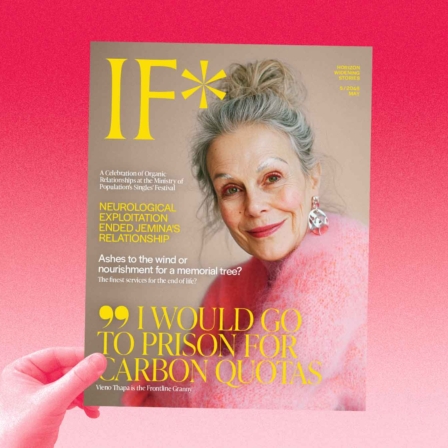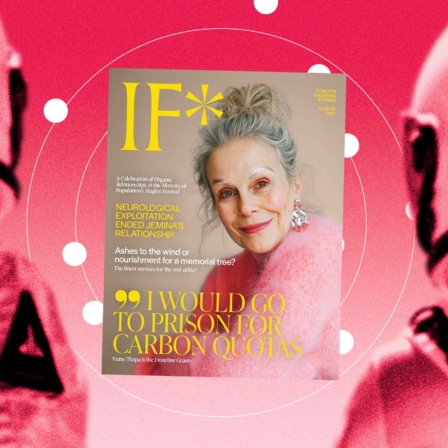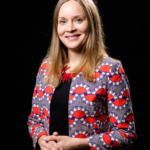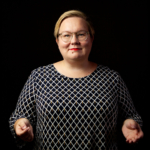Our operating environment is evolving at an accelerating pace. Whether we are talking about economy, security, geopolitics or technology and well-being, we are seeing both slow, long-term transformations as well as unexpected developments. Besides exploring broad trajectories of change through its work on megatrends (the next update will be published in early 2026), Sitra is also examining more surprising early signs of change through its weak signals project. As part of the weak signals work, Sitra has published a magazine set in the year 2046 that aims to encourage readers to imagine different futures – both possible and seemingly impossible.
Click here to read
“We are constantly encountering developments we couldn’t have predicted or expected. That’s why we need to expand our thinking about what the future might bring. Spotting weak signals is one way to challenge our assumptions about the future and to identify emerging phenomena and societal shifts – and make more sustainable choices for the future,” says Veera Heinonen, Director of Foresight and Training at Sitra.
The IF* magazine brings possible futures to life
In previous years, Sitra’s weak signals have been published as research reports (in 2019 and 2022). This time we decided to publish a fictional future magazine. IF* imagines a variety of potential futures. The stories are speculative but grounded in weak signals – early developments that have already happened somewhere in the world. Rather than describing a single scenario, the magazine offers glimpses into several alternative futures.
The magazine is an example of a foresight method called design fiction. Design fiction helps us imagine futures that are dramatically different from today. That is important because our present-day experiences often limit our imagination and thoughts about what the future could be.
“With this magazine, we want to bring alternative futures closer to people in a tangible way. Design fiction isn’t just about how things could be different – it’s also about how that future would feel, what people would think, what kinds of objects or services might exist. In other words, how people would experience the world,” says Lilli Poussa, one of the magazine’s creators and a specialist in Sitra’s foresight team.
What would it be like to live in a world where our thoughts are no longer private? Or where death does not mean that someone departs from our lives? These are just some of the questions IF* seeks to examine.
Organisations such as NATO and the European Commission have also used similar methods that venture into speculations about the future.
A tool for bold futures discussions
The magazine is intended for foresight professionals, developers, businesses, decision-makers and educational institutions – or anyone interested in thinking about the future. In a world full of surprises and uncertainty, it is important for all of us to develop and broaden our future thinking.
“If the future sometimes feels abstract, this magazine aims to make it more concrete and thus easier to discuss. We hope the magazine encourages bold conversations about the future and inspires readers to observe weak signals and reflect on the changes they may be pointing to,” says Terhi Ylikoski, the magazine’s co-author and foresight specialist at Sitra.
The IF* magazine can be read on Sitra’s website or ordered as a printed copy (in Finnish, mailed only to Finland). Sitra will also send printed copies to general upper secondary schools and vocational institutions in Finland in the autumn, as the publication serves as a great educational tool for sparking future-oriented thinking. In past years, Sitra has distributed tools such as megatrend cards and a game called Cards of Hope to schools to encourage future-oriented thinking.





Recommended
Have some more.
IF*
How to use IF* in futures work
Weak Signals 2025: A Magazine from the year 2046